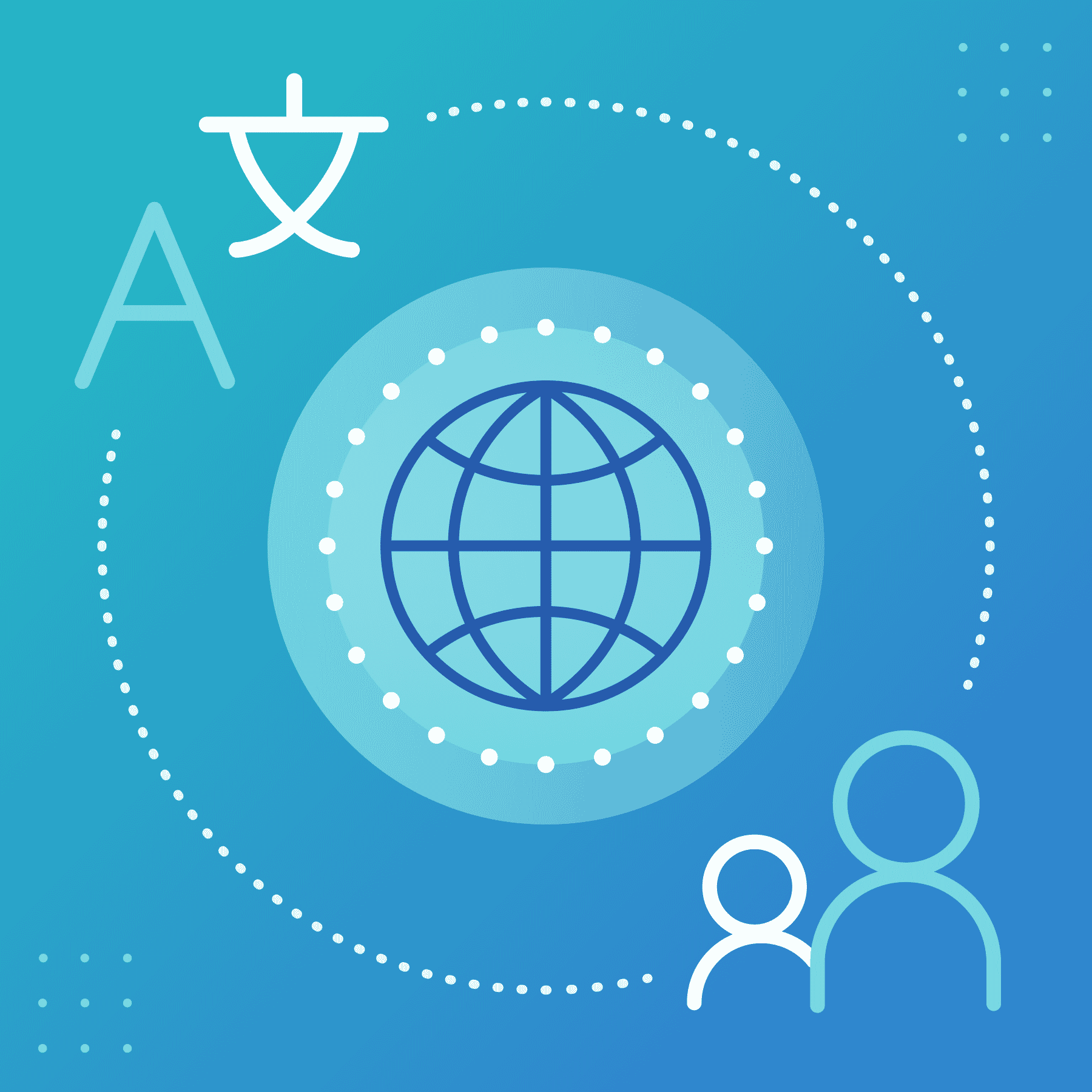What is localization?
If you’ve ever gotten a new smartphone, it’s common that during setup you'll be asked to pick a language for your phone. This is a smart place to start the user experience, right? What’s more basic to a person interacting with a device than their native language? If you don’t start with the right language, how will the user navigate the device?
Consumers in the USA prior to the Age of Globalization rarely, if ever, had to deal with language when using a product. Everything was in English—all the time. This was never questioned by manufacturers and language was invisible in the process of learning about, buying, and adopting a product.
Starting in the 1980s, globalization started to take hold and manufacturers around the world had to think more proactively about who across the globe may buy their products. But the thing about being global means you must act more locally. That’s where localization comes in.
Individuals have expectations when it comes to buying and using products with which they must interact. (There isn’t much to communicate about a banana, but even then, a consumer may want to know its country of origin). And the key to being effective at the local level is to be genuine and behave like all “locals”. That might be hard to do if you are making a global product from Tokyo, Beijing, or Palo Alto.
In the realms of digital products and online content, localization has become a critical enabler to reaching consumers in a global marketplace. Netflix is an example of online content with which most of us are familiar. Who hasn’t binged a crime drama from Spain, Sweden, or Brazil?
Who and what needs localization?
If you’re responsible for foreign language content for your organization, how do you know if you need localization vs. translation services? The truth is that you do not need to choose. The context will drive which method will be used by your language provider. But to show the differences, here are some examples of translation and localization:
Business contracts – Translation
Why only translation? For documents, minimal to no special engineering is needed to deliver the final translation. A complete and correct translation to guarantee the intent of your business counterpart is paramount. Concepts that may be specific to your partner’s country need to be found and made explicit in your target language even if the concept may not exist in your country.
User manuals – Translation
Why only translation? Like business documents, the output format of manuals usually does not require engineering, but desktop publishing supporting the target language may be needed. The goal is to send critical information for the user completely and accurately so that all concepts are explained and clearly understood. Some concepts may be new to the user and there may not be corresponding concepts already in their language.
Interactive Help system – Localization
Why localization? Unlike simple documents an interactive help system is like a small website and has technical features such as links, an index, and navigation. Given this complexity an engineering effort is needed to guarantee that the translated content will work in the final product. This engineering effort is part of localization. Also, the translators of the content must adhere to special technical requirements while translating the content (keeping and positioning tags and managing other meta data, for example). These requirements are not normally part of a basic translation effort.
Software interface – Localization
Why localization? The content that requires translation within a software interface (aka, strings) may appear within code or may be stored in a special ancillary file used by the software or even in a database. These strings may require special treatment such as adhering to a predefined length to fit available space within the interface.
Accessing, processing, and addressing the specific linguistic requirements are all steps that go beyond just translation and require experience and product knowledge. Both the engineering and language requirements make up software localization.
Choosing a localization partner
Whomever you choose as a localization partner needs critical knowledge and experience. They also need a localization mindset that is demonstrated by their project managers. Asking a translation provider to do a localization service is going to put them far outside their comfort zone.
Translation project managers are adept at churning large volumes of translation across multiple languages at once, but they do not have the ability in dealing with the linguistic and engineering requirements of a localization project.
Localization project managers have the same ability of translation projects managers along with the technical knowledge to plan preparation of translation software files, terminology management, translation and review in multiple languages, translation QA, localization integration, staging and testing, bug tracking and remediation, release, and maintenance.
If you are planning a localization effort for your organization do not hesitate to reach out to MadTranslations for a no-obligation consultation. You can reach us at sales@madtranslations.com.











